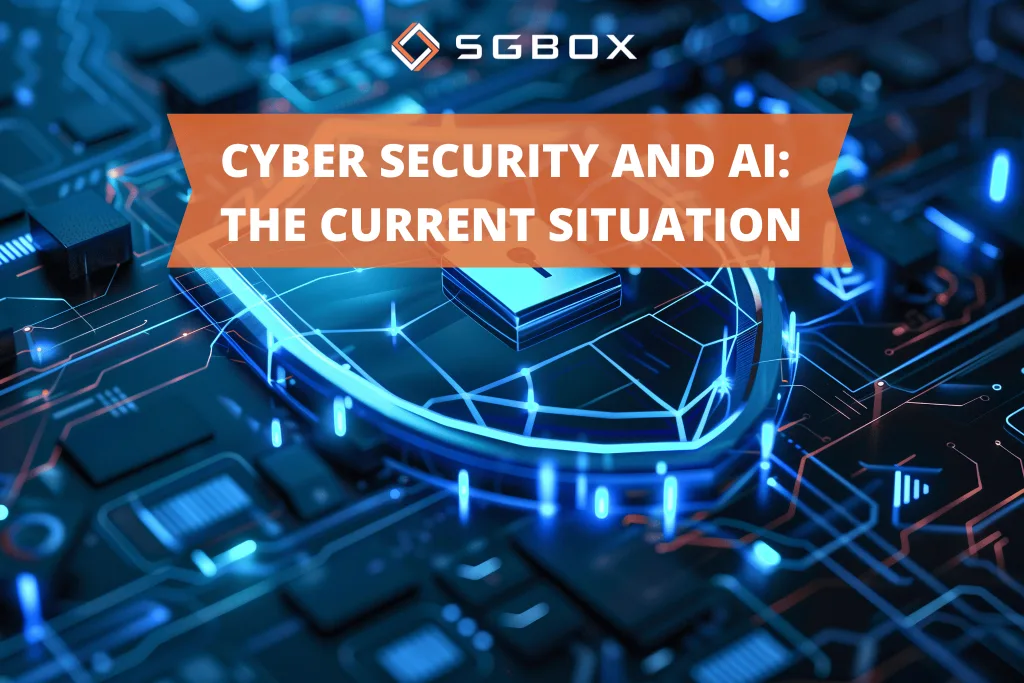Cyber Security and AI: the current situation

The Role of Artificial Intelligence in Cyber Security
Artificial intelligence is rapidly revolutionizing the field of cyber security thanks to its ability to automate detection and incident response processes.
Traditionally, cybersecurity relied on predefined rules and manual interventions to identify and block threats.
However, with AI, it is now possible to continuously monitor systems, detect suspicious activities in real-time, and reduce reaction times.
AI is particularly effective in analyzing the large volumes of data generated by daily business activities.
This enables it to recognize anomalous behaviors and signals of potential threats that might escape human detection.
In other words, AI is not limited to detecting known threats; it can also identify new patterns, quickly adapting to emerging threats.
AI for identifying cyber threats
One of the most common applications of artificial intelligence in cyber security is threat identification.
Machine learning techniques enable systems to “learn” from historical data and develop algorithms capable of detecting malware, phishing attempts, and unauthorized access.
For instance, AI can analyze millions of emails and distinguish suspicious ones from legitimate messages, thereby reducing the risk of phishing attacks.
Another widespread application is the use of AI in intrusion detection systems (IDS).
These tools leverage neural networks and deep learning models to identify unusual activities within corporate networks, even when attackers use obfuscation techniques to hide their presence.
This makes AI particularly useful for preventing sophisticated attacks, such as those aiming to remain hidden within a system for extended periods before launching a final strike.
How hackers exploit artificial intelligence
While artificial intelligence helps companies protect themselves, it is also used by hackers to enhance the effectiveness of their attacks.
Cybercriminals exploit AI to develop intelligent malware that can adapt to the environments they are introduced to.
Examples include AI-powered bots that can automatically change behavior to evade security controls or malicious software capable of recognizing virtual environments used for analysis and self-deactivating to avoid detection.
AI is also used to enhance social engineering attacks. Through automated analysis of personal data available online, cybercriminals can create highly convincing and personalized phishing messages, increasing the likelihood of victims falling into the trap.
Emerging trends
With the evolution of technology, new trends are also emerging in the use of AI for cyber security:
- Increase in AI-based threats: Cybercriminals are using AI tools to develop more sophisticated attacks, such as targeted social engineering campaigns. This has led to an “arms race” between defensive and offensive technologies.
- Shadow AI: The unregulated use of AI tools by employees (known as “Shadow AI”) poses a new security challenge. Organizations need to implement policies to manage the safe use of AI and monitor the applications used by employees.
- Evolution of security testing practices: The growing integration of AI in bug bounty programs and red teaming practices is helping companies identify specific vulnerabilities related to AI, such as model manipulation.
Benefits of AI integration in Cyber Security
Integrating artificial intelligence into cyber security offers numerous advantages:
- Improved threat detection: AI-based solutions can identify known and new threats with greater precision than traditional systems.
- Faster incident response: By automating attack responses, AI enables organizations to quickly mitigate the effects of incidents.
- Reduction of false positives: In the threat detection process, AI helps analysts focus on the most critical threats by reducing false positives.
Machine Learning within the SGBox Platform
The SGBox platform integrates machine learning capabilities to enhance SIEM and SOAR activities.
Machine learning algorithms simplify the process of identifying anomalies within the IT infrastructure and improve the automatic incident response process.
In the face of the constant growth of cyber threats, reducing the average response time to incidents is essential to mitigate the damage caused by an attack and ensure the operational continuity of corporate networks.
Artificial Intelligence and Cyber Security: future scenarios
The future of cyber security will see an increasingly close integration between artificial intelligence and security technologies.
It is likely that AI will become an essential component of all cybersecurity solutions, with tools capable of making autonomous decisions and collaborating with each other to protect corporate systems.
However, this evolution will also bring new challenges, such as the need to develop protection mechanisms against malicious AI and address the issue of “AI ethics” in the context of cyber security.
Companies will therefore need to invest not only in technology but also in training and awareness to fully leverage the potential of artificial intelligence and tackle emerging risks.




